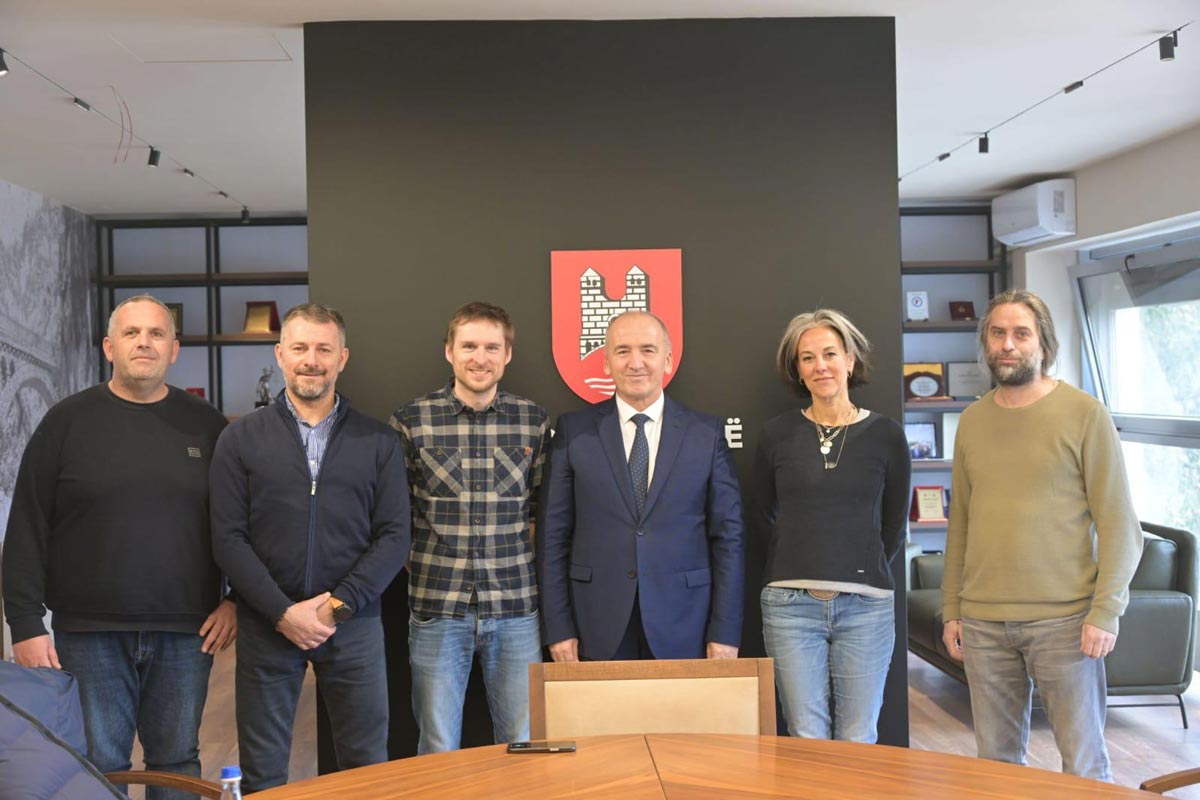The Alpine Association of Slovenia (PZS), one of Europe’s oldest and proudest alpine associations, is celebrating its 120th anniversary this year with pomp, pride and pageantry.
Originally called the Slovenian Alpine Club, the association which was founded on 27 February 1893 today represents about 278 alpine clubs and 57,520 members or as PZS spokesperson Zdenka Mihelič proudly puts it, a remarkable 2.6 per cent of Republic of Slovenia’s total population.
Earlier this month on April 12, the association’s clubs held its Solemn General Assembly in Ljubljana in grand fashion, an event which included song, dance and speeches, attended by various dignitaries including Slovenia’s Minister of Defence Roman Jakič and UIAA president Frits Vrijlandt. An earlier celebration was held in Feburary and another is planned for December.
Mountaineering is a big deal in this tiny mountainous country of about 2 million people and it’s reflected in the fact that more than 315,000 Slovenian go into the mountains every year, said Mihelič.
That’s not counting visitors from abroad who add to the total of an estimated 1.4 million visitors who travel to the Slovenian mountains every year, she said.
The country has also produced its fair share of names in sport climbing including Mina Markovič, winner of the world cup in sport climbing, lead and combination (2011 and 2012) and other sport climbers such as Maja Vidmar, Klemen Bečan, Natalija Gros and Martina Čufar.
Slovenian alpinists have won many Piolet d’Ors including Marko Prezelj and Andrej Štremfelj (two-time winners of the prestigious Piolets d’Or) for the first ascnt of the South Pillar of Kanchendzonga (8476 m) in 1991, Toma Humar and Vanja Furlan for the first ascent of the NW Face of Ama Dablam (6812m) in 1997, Luka Straar and Nejc Marčič for the first ascent of Dreamers of Golden Caves (K7 West) and young Slovenians Nejc Marcic and Luka Strazar for thefirst ascent of the west face of K7 West in 2011.
In his speech, PZS president Bojan Rotovnik highlighted a number of accomplishments including the maintenance of 1,661 trails over 9000 kms, its 176 huts, bivouacs and shelters with over 6000 beds; over 5000 mountain trips, treks and tours annually; 25 professional training programmes in the field of mountaineering and contributions towards mountain safety.
“The secret to our success is certainly voluntary action, which is in the focus even nowadays, when the harsh social climate is not very conducive to such mode of operation,” said Rotovnik.
“We are proud of the trail the Slovenian mountaineering has travelled, the path which has been consolidated and strengthened by decades of our predecessors’ efforts,” said Rotvnik. “Today, with a lot of motivation and with the characteristic mountaineer stubbornness, numerous individuals continue their work, being in one way or another engaged with the activities of the mountaineering organization.”
The association has also extended its reach in alpinism exists far beyond its borders as can be seen by the establishment of the Slovenian Mountaineering School for Nepal Mountaineering Association guides in the Manang district back in 1979.
Minister of Defence Roman Jakič spoke about the close ties that have always existed between the Slovenian defence forces and alpine clubs dating back to the time of the Austro-Hungarian army.
Mihelič said the Slovenian Ministry of Defence has plays a key role in the association’s activities such as providing helicopter transport of equipment for reconstruction and trail marking of mountain trails, and keeping mountain huts sanitary, and several sport climbers are employed in the Sport unit of Slovenian Army / Ministry of Defence.
For more photos and details about the general assembly please visit the Alpine Association of Slovenia website.


